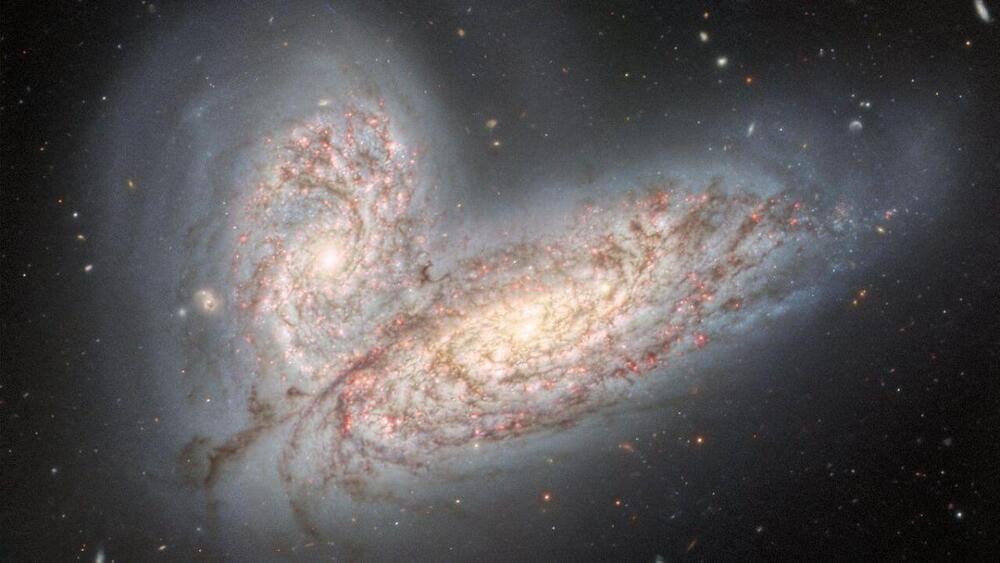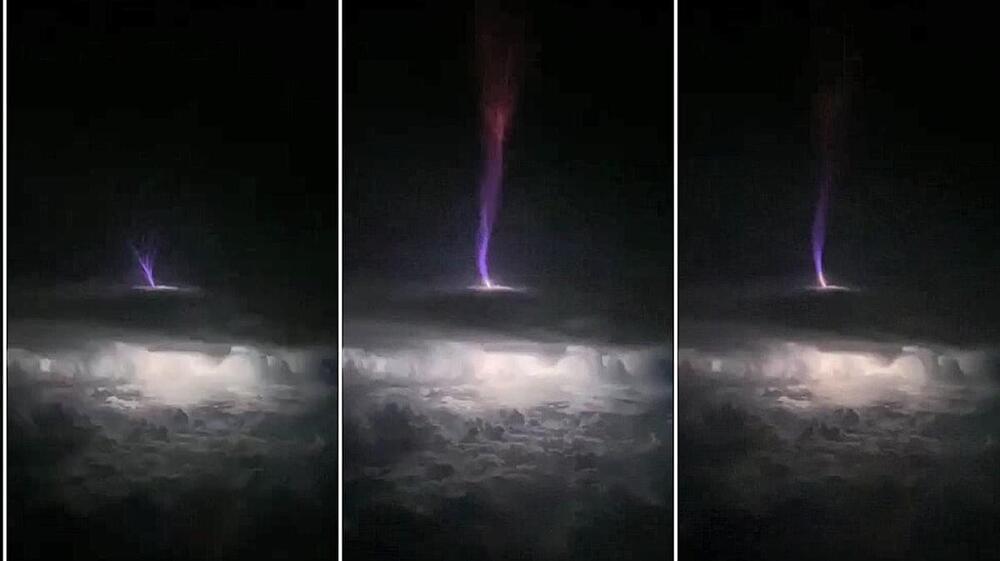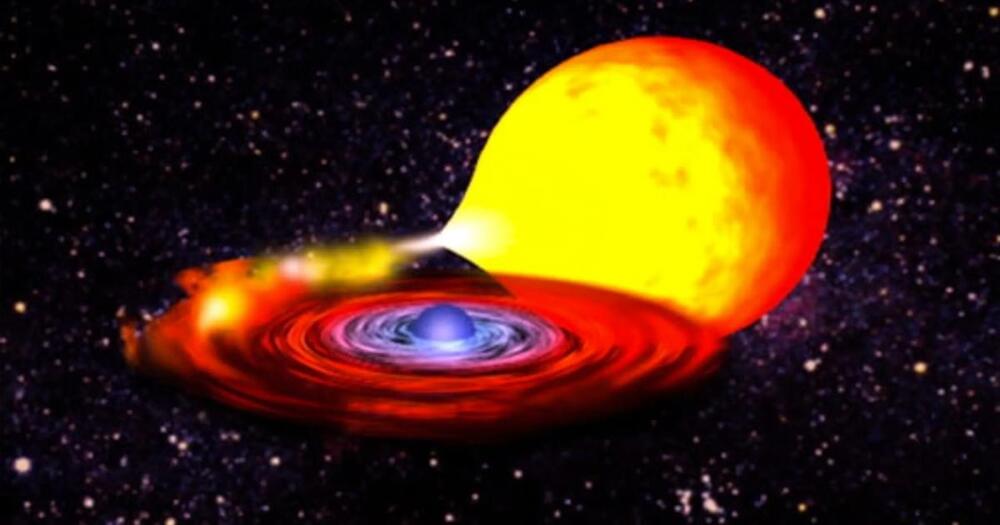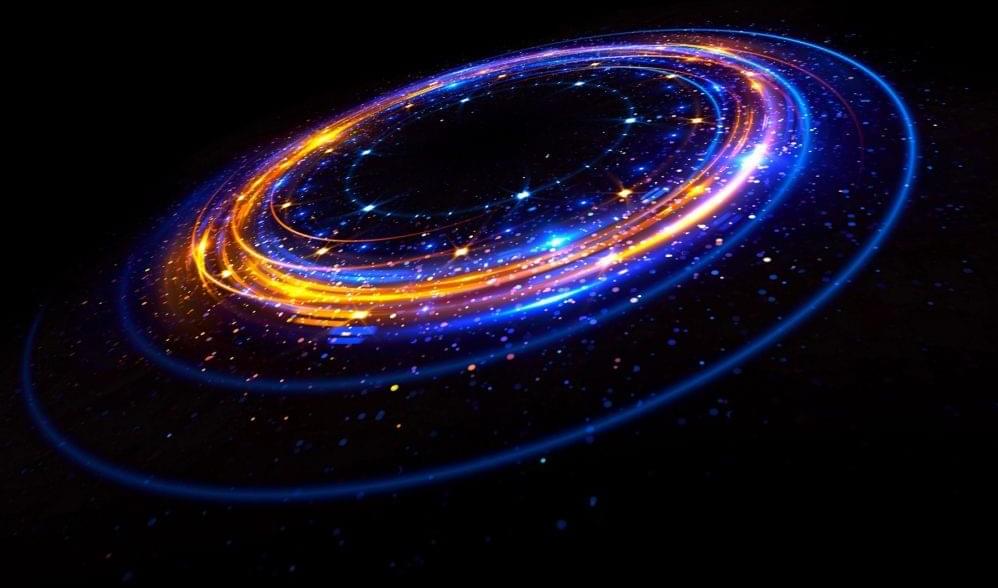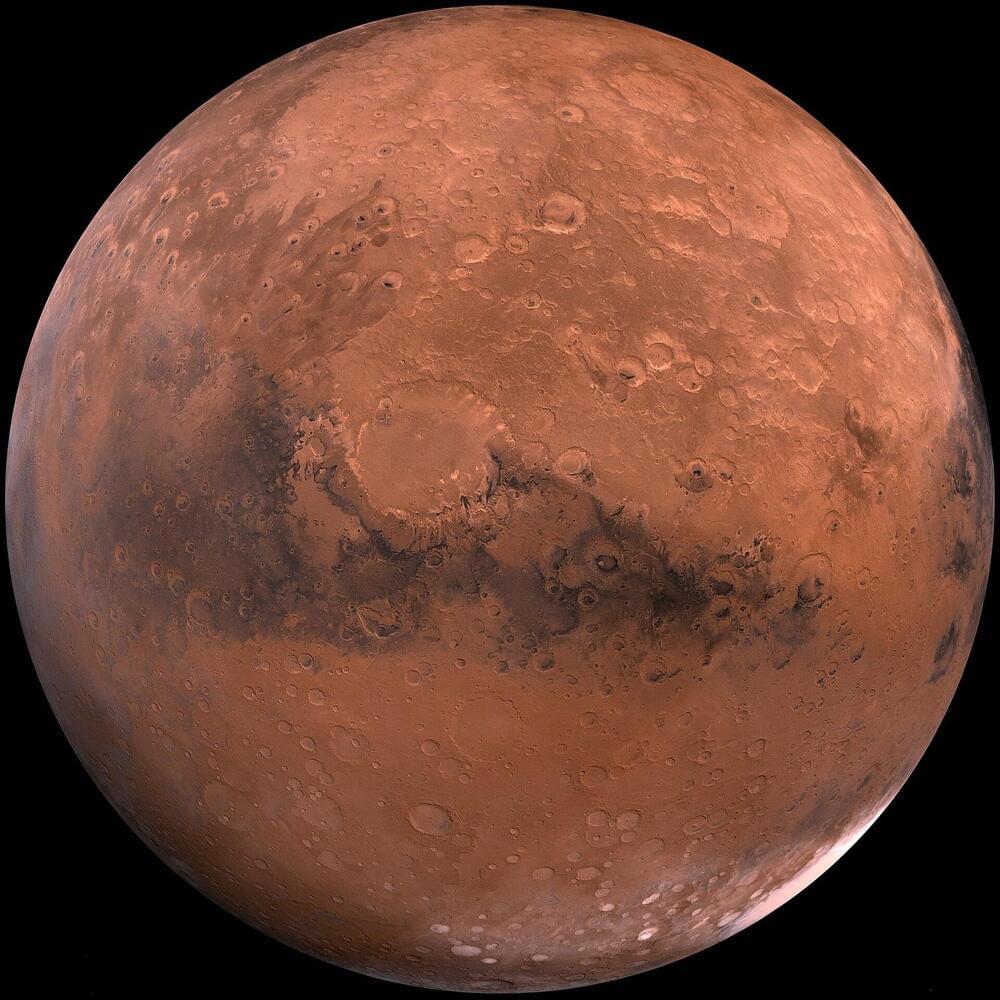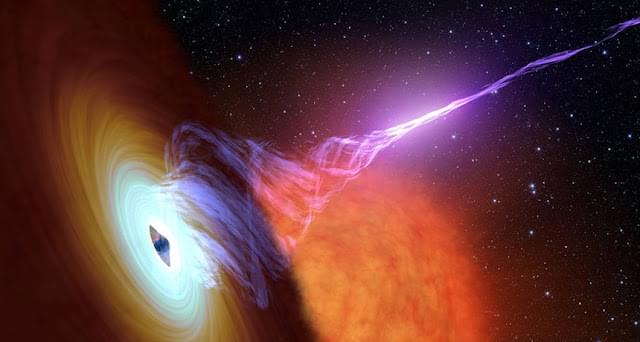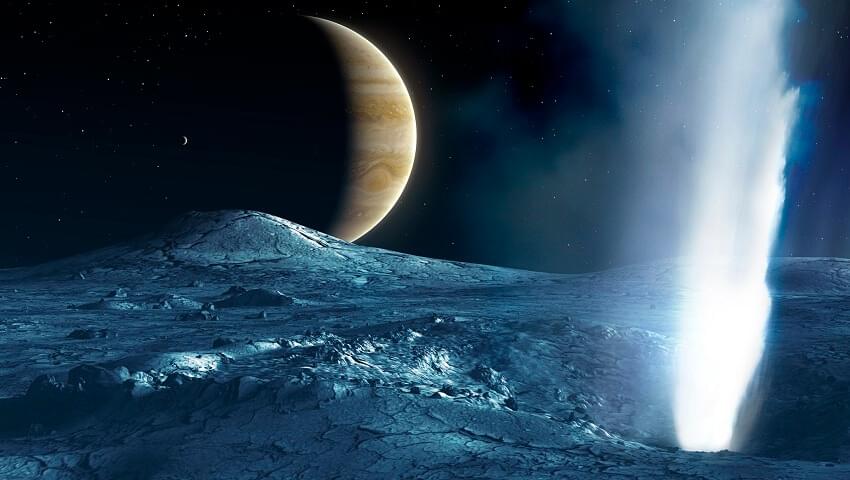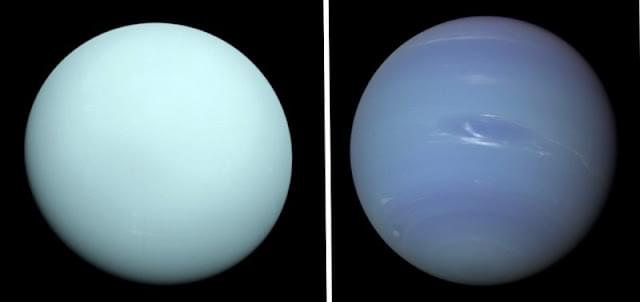The two spiral galaxies are about 60 million light-years from Earth.
Astronomers at the Gemini North telescope in Hawai’i have released a stunning image that shows two spiral galaxies in the process of colliding and merging.
The clashing galaxies NGC 4,568 and NGC 4,567 — also known as the Butterfly galaxies due to the dual-lobed shape their interaction causes — are located 60 million light-years away from Earth in the Virgo Cluster and will form a brand new elliptical galaxy in around 500 million years, according to a statement from NOIRLab, which operates the Gemini North telescope.
